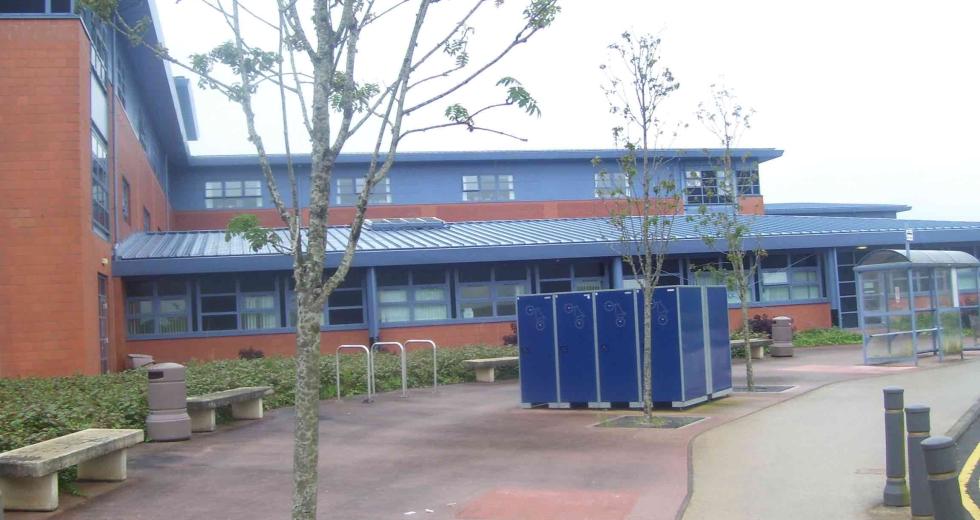
If you have read my previous articles, you will understand how my curiosity was getting the better of me to discover whether or not the ‘pandemic’ narrative being promoted incessantly by the Scottish mainstream media and politicians was legitimate. I decided to submit more Freedom of Information requests in relation to my local council, South Lanarkshire.
Firstly, let’s look at how seriously the ‘virus’ was impacting my local town of nearly 80,000 people: East Kilbride, the largest settlement in the South Lanarkshire council area.
Source: National Records of Scotland
The above ward-by-ward figures for the town equate to a population survival rate of 99.61% over a three-year period. Put otherwise, 0.39% of 79,757 people died. As these are deaths by definition involving Covid–19 (meaning that Covid was mentioned on a death certificate along with other causes of death), the ‘virus’ may not have been the true cause of death of even those people. Therefore, in my view, they should not have been considered definitive Covid deaths and deserve to be questioned. Even with that caveat accounted for, it can be clearly seen that the ‘virus’ was having a very small effect, and the repeated claims of pandemia in 2020 to justify draconian restrictions were not supported by reality.
25 November 2020 front page of East Kilbride News, cancelling Christmas
The only hospital in East Kilbride is University Hospital Hairmyres, which is one of Scotland’s major hospitals. My next question, then, was how many deaths only from Covid–19 had been recorded in the hospital over a three-year period. I received the following answer:
Source: Freedom of Information response
Furthermore, it’s important to note that none of those deaths was of a person under the age of fifty. A response to me indicated the following Covid-only deaths at Hairmyres, in the low single figures:
Source: Freedom of Information response
As with previous Freedom of Information responses that I had received from Scottish authorities about Covid, I was surprised by the low numbers. I then discovered that around 1,000 people die at Hairmryes Hospital every year from all causes—and, unbelievably, in the year of the ‘pandemic’, the number of deaths was 4% below the five-year average.
I also received this reply:
Source: Freedom of Information response
Furthermore, as the response went on to confirm, admissions to Accident & Emergency departments at hospitals for the whole of Lanarkshire (North and South council areas combined) in 2020 were 17.5% below the 2016–2019 average. This means there were around 36,000 fewer than normal admissions to Lanarkshire’s A&E departments in 2020, and yet the media were telling the Scottish people of ‘war zones’ with doctors ’on the front lines’.
Just where was this pandemic-level event taking place—apart from being broadcast on TV screens? I remember seeing many of the dancing nurses videos circulating in 2020. Now it all makes much more sense.
Source: Freedom of Information response
The following, from another response to me, are all the Covid–19 deaths recorded by University Hospital Hairmyres over a three-year period up to 1 February 2023 (under all definitions):
Source: Freedom of Information response
You will notice from the numbers that the harms from lockdown in subsequent years after 2020 are clear (2021 and 2022 were the highest death tolls on record at the hospital) and that, despite mass ‘vaccinations’ for Covid–19, even deaths from that disease were only marginally reduced.
However, deaths from other causes increased in 2021; thus, in my opinion, the novel mRNA injections should be considered causative in some of those deaths:
Source: Freedom of Information response
I will let you draw your own conclusions as to what the data represents.
It is important to consider why we are not being told these facts, and what else can be discovered looking back from 2023 to 2020. It is also important to ask why the Scottish Government was so insistent on confining the working-age population, and especially on curtailing the education of children, for so long, in relation to the reality of what occurred in 2020–2021. It was a similar picture all over Scotland: empty hospital wards and single-digit figures of those dying from the virus.
And before anyone offers the facile rejoinder that ”it’s because lockdowns work”, my answer is no, they don’t—at least, they fail to save lives.
Article image: University Hospital Hairmyres, geograph.org.uk, Wikimedia Commons | licence CC BY-SA 2.0

